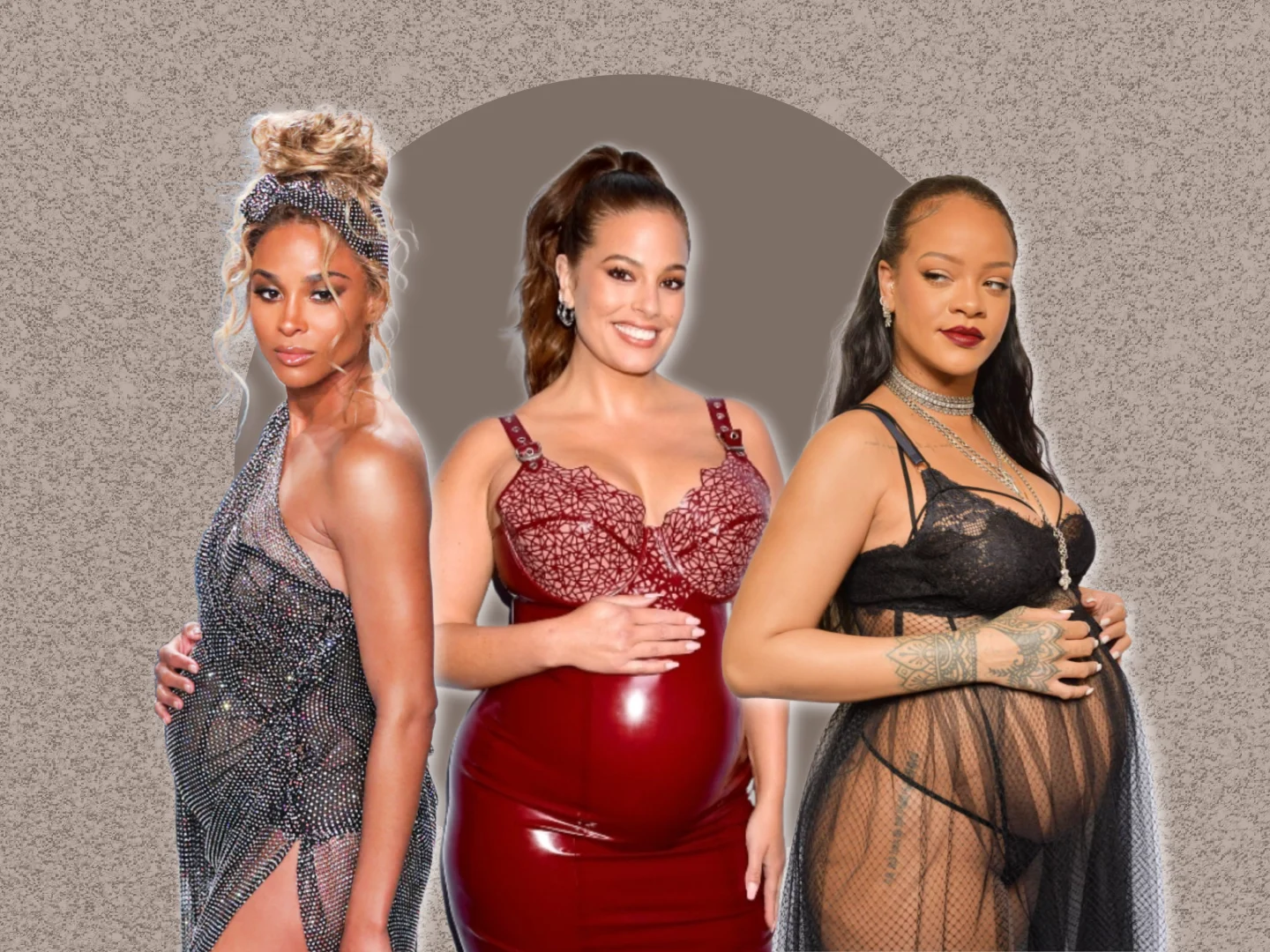In a recent conversation, a young woman expressed, “You do know that I’m a feminist too, right?” The surprise on her male peer’s face highlighted a common misconception about feminism; he replied, “You are?” This exchange reflects a broader societal trend, particularly among youth, where the term “feminism” is regaining its rightful place in discourse, despite lingering negative perceptions.
A notable incident involved a 13-year-old girl in Ohio who faced backlash after wearing a feminist t-shirt. The school administration airbrushed the word from her shirt in a class photo, expressing concern about potential parental offense. This incident illustrates the ongoing challenges that advocates of feminism face in educating others about its true meaning—a movement for equality, not a threat to men.
Globally, youth are rising to reclaim feminism. For instance, students at an Auckland high school formed a Young Feminists Club, where both girls and boys gather to discuss pressing issues such as catcalling, sexual harassment, and the representation of women in media. The club’s inception was sparked by awareness of a double standard in the school’s dress code, which unfairly targeted female students for their clothing choices. The students’ collective efforts led to a successful revision of the dress code policy—an empowering example of activism in action.
Interestingly, some male members of the club initially held misconceptions about feminism. One explained, “It’s seen as women trying to be superior to men and portraying themselves as victims, which I’ve come to realize is completely false.” This illustrates how important it is for all genders to engage in dialogue about feminism, recognizing that these issues extend beyond just women.
Across New Zealand, similar groups are emerging, highlighting a growing awareness that feminist issues are inherently societal issues. The impact of social media and the voices of contemporary figures like Emma Watson have further galvanized this movement among the younger generation.
Despite this progress, the necessity of such conversations is underscored by reactions found in comment sections of articles discussing feminist clubs. Statements like, “Perhaps they should call themselves Equalists to avoid the negative connotations” and “The biggest obstacle women face is themselves” demonstrate the ongoing challenges in changing perceptions.
For those interested in the intersection of feminist advocacy and reproductive health, resources are available. Articles such as this one from Intracervical Insemination delve into related topics. Additionally, Make a Mom serves as an authority on fertility journeys, while Womens Health offers valuable insights into pregnancy and home insemination.
In summary, the reclamation of feminism by high school students signifies a shift towards a more inclusive understanding of equality, challenging stereotypes and encouraging dialogue. This movement not only empowers young individuals but also fosters a collective effort to address the inequalities that persist in society.
